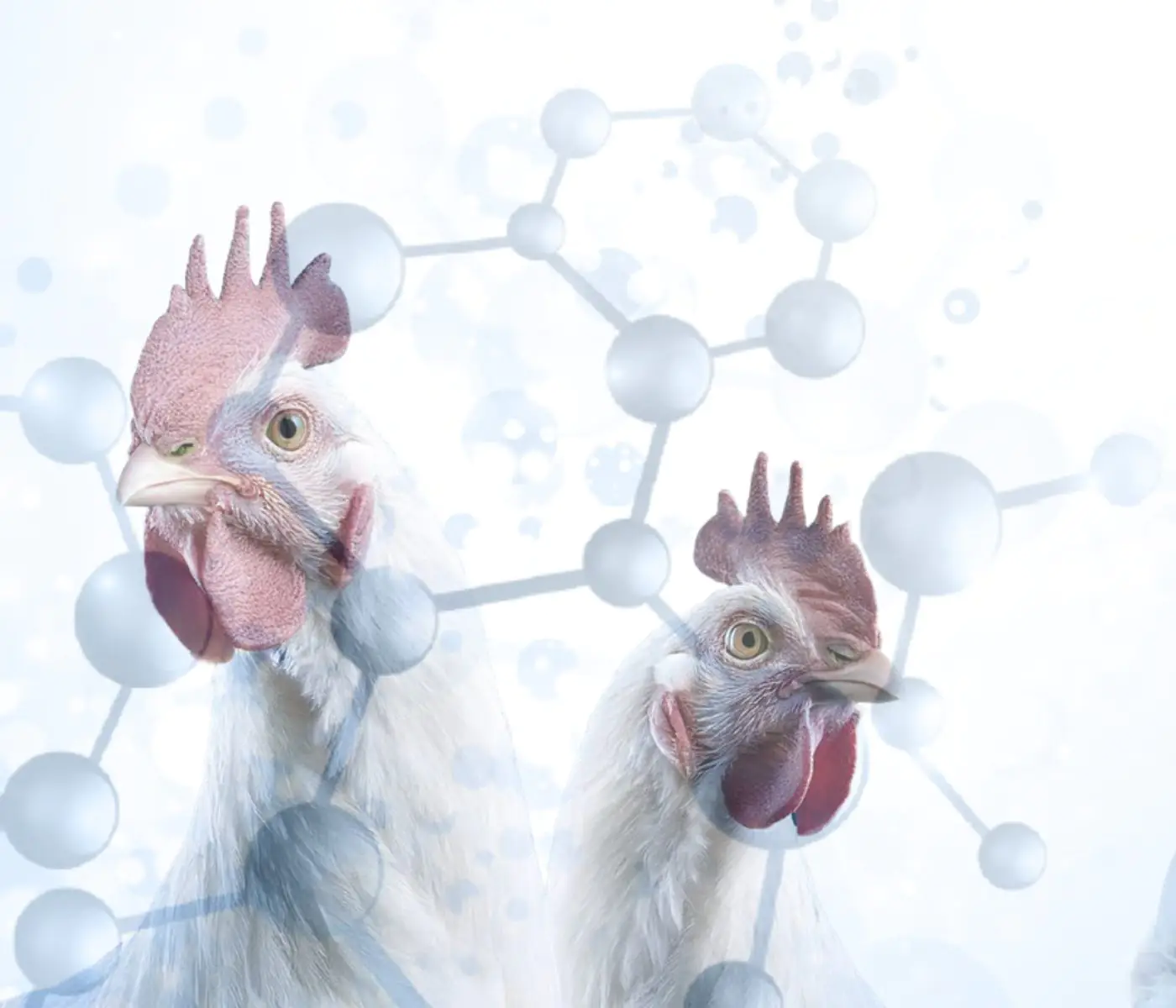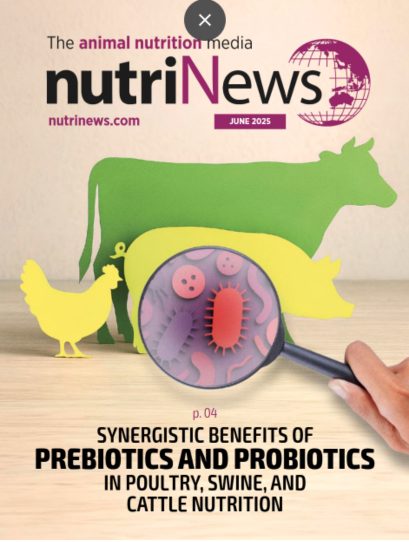The Use of Organic Acids in Poultry: A Natural Path to Health and Productivity
Introduction
The poultry industry is one of the most dynamic and rapidly growing sectors in global agriculture. With the increasing demand for chicken meat and eggs, poultry producers face the dual challenge of maximizing productivity while ensuring food safety and animal welfare.
In this context, organic acids have emerged as promising alternatives to antibiotic growth promoters (AGPs), offering a natural, safe, and effective way to enhance poultry health, performance, and sustainability.
Organic acids, also known as carboxylic acids, are widely used as feed additives in poultry diets due to their antimicrobial, growth-promoting, and gut health-enhancing properties.
Their usage has gained momentum globally, especially in the wake of rising concerns over antibiotic resistance and regulatory restrictions on AGPs. This article explores the science, benefits, applications, and future potential of organic acids in poultry production.
What Are Organic Acids?
Organic acids are weak acids containing one or more carboxylic acid groups (-COOH). They occur naturally in plants, animals, and microbial fermentation products.
In poultry nutrition, commonly used organic acids include Formic acid, Acetic acid, Propionic acid, Lactic acid, Citric acid, Butyric acid, Fumaric acid, Sorbic acid, Malic acid and Benzoic acid.
These acids can be used individually or in blends, often combined with their salts (e.g., calcium propionate, sodium formate) to improve stability, palatability, and targeted delivery in the gastrointestinal tract.
Why Use Organic Acids in Poultry?
Antimicrobial Action
One of the key reasons for using organic acids in poultry is their potent antimicrobial activity. They inhibit the growth of pathogenic bacteria such as Salmonella spp., Escherichia Coli, and Clostridium Perfringens, which are common culprits behind foodborne illnesses and poultry diseases.
The mechanism by which organic acids exert their antimicrobial effect involves penetrating microbial cell membranes in their undissociated form. Once inside the cell, they dissociate into ions, leading to a reduction in intracellular pH and disruption of vital metabolic functions.
This disruption impairs DNA replication and enzyme activity, ultimately resulting in cell death. Notably, unlike antibiotics, organic acids do not contribute to the development of antimicrobial resistance, making them a safe and sustainable lo...












